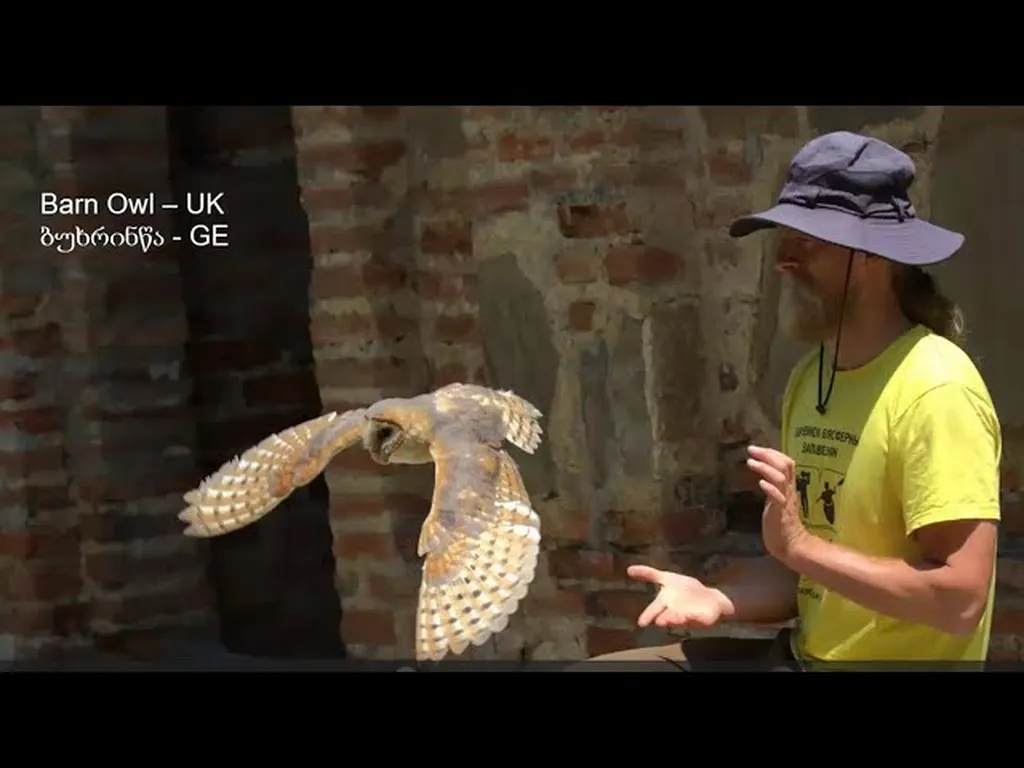In the verdant lowlands of Georgia, a silent hunter has been making its presence known. The Barn Owl, a species that has only recently established itself in the region, is rapidly expanding across the country’s agricultural landscapes. But what exactly is this nocturnal predator feasting on? A comprehensive study led by Denis Kitel from the University of Bialystok, published in the journal Caucasiana (which translates to “The Caucasus”), has shed new light on the diet of the Barn Owl in Georgia, offering insights that could have significant implications for the agricultural sector.
Kitel and his team collected and analyzed 6,627 prey items from Barn Owl pellets across 34 sites in five Georgian regions between 2023 and 2025. The results revealed that mammals dominate the Barn Owl’s diet, accounting for a staggering 98.6% of all prey items. Among these, rodents and shrews were the most common, making up 53% and 45% of the prey by number, respectively. “The Barn Owl’s preference for rodents is particularly noteworthy,” Kitel explains. “This could potentially make them a valuable ally in sustainable rodent control strategies for Georgian agriculture.”
The study also identified specific mammalian prey that were particularly frequent in the Barn Owl’s diet, including Mus macedonicus, Microtus socialis, and various species of shrews from the genus Crocidura. Notably, the researchers observed geographic variation in diet composition, with some sites showing a predominance of shrews. This variation could be influenced by local prey availability and habitat differences, Kitel suggests.
Beyond its immediate findings, the study provides novel insights into the feeding ecology of the Barn Owl in Georgia and offers the first regional data on several small mammal species. “Our research not only advances our understanding of the Barn Owl’s role in the ecosystem but also provides updated records for species like Micromys minutus and Suncus etruscus,” Kitel adds.
The implications of this research extend beyond mere scientific curiosity. Given the Barn Owl’s preference for rodents, which are notorious pests in agricultural settings, the study suggests that these birds of prey could play a crucial role in natural pest control. This could be particularly beneficial for Georgian farmers, who often face significant losses due to rodent infestations. By harnessing the natural predatory behaviors of Barn Owls, farmers might be able to reduce their reliance on chemical pesticides, leading to more sustainable and environmentally friendly agricultural practices.
Moreover, the study highlights the importance of preserving and protecting natural habitats that support Barn Owl populations. As Kitel notes, “Conserving these ecosystems not only benefits the Barn Owl but also promotes biodiversity and supports sustainable agriculture.”
In the broader context, this research could inspire similar studies in other regions, helping to build a more comprehensive understanding of the Barn Owl’s ecological role and its potential contributions to pest control. As agricultural practices continue to evolve, integrating natural predators like the Barn Owl into pest management strategies could become an increasingly important component of sustainable farming.
The study, published in Caucasiana, serves as a reminder of the intricate connections between different species and the potential benefits of coexisting with nature. By embracing these relationships, we can pave the way for more sustainable and resilient agricultural systems. As Kitel’s research demonstrates, sometimes the key to solving modern problems lies in understanding the natural world around us.

